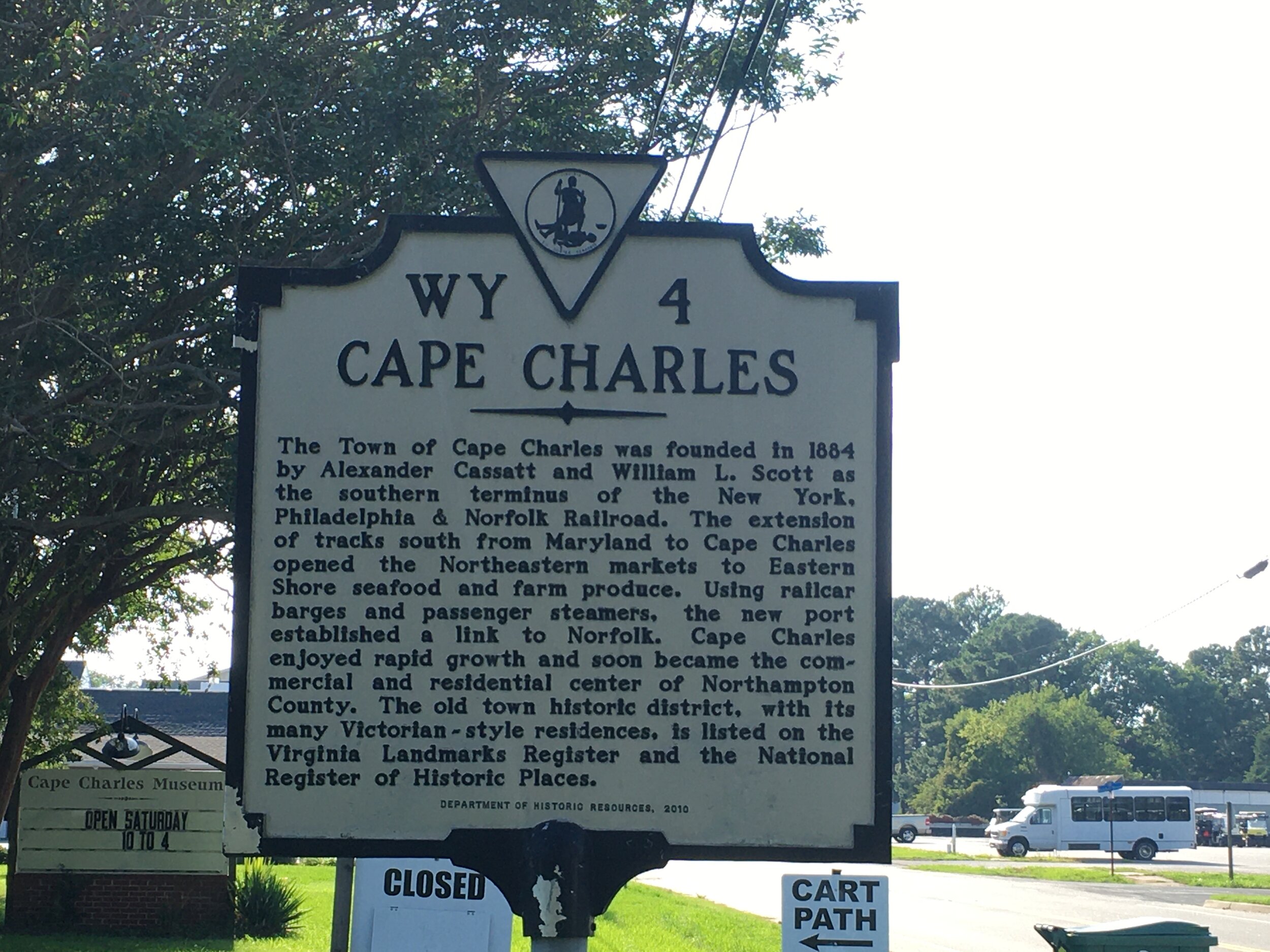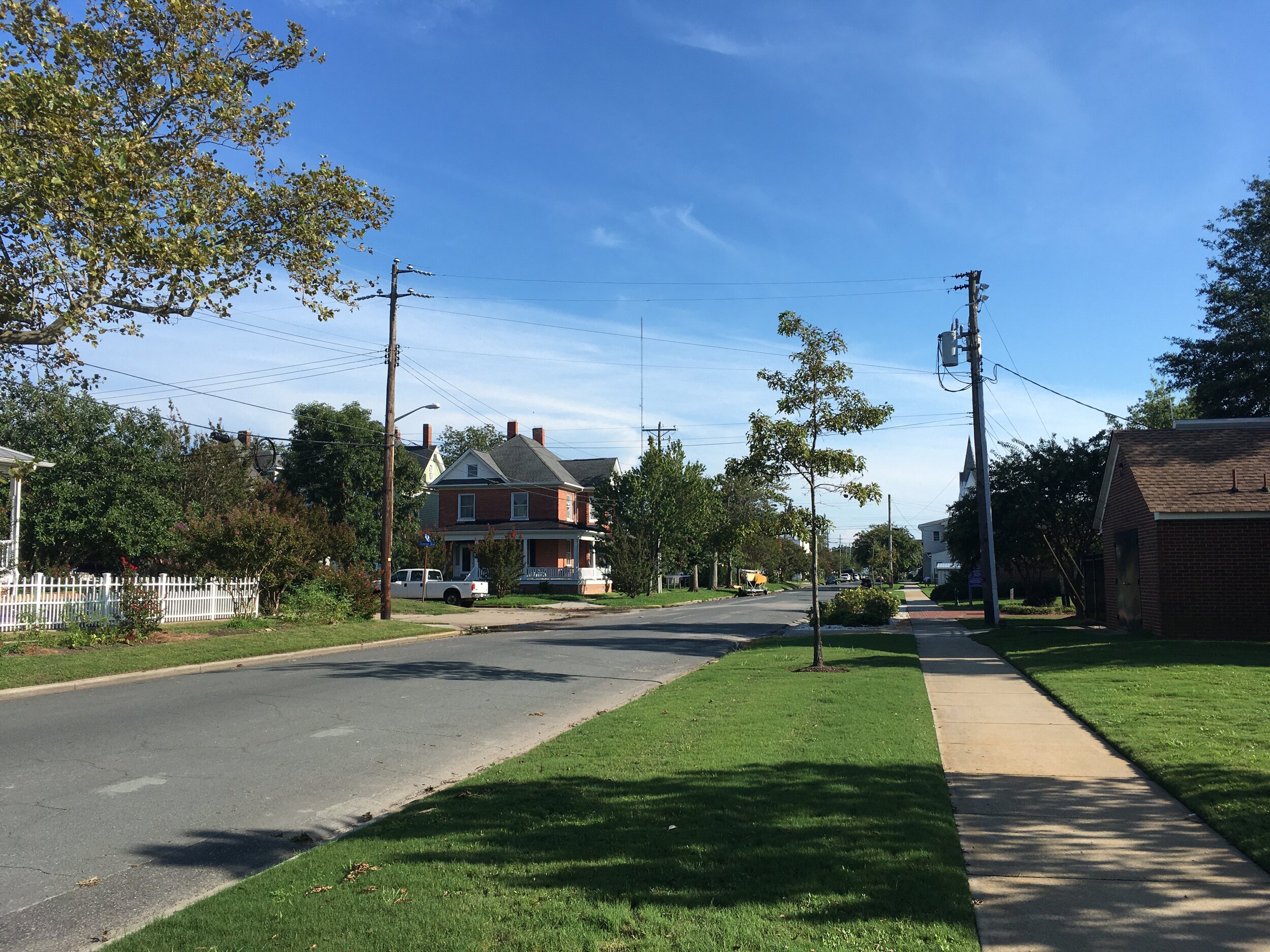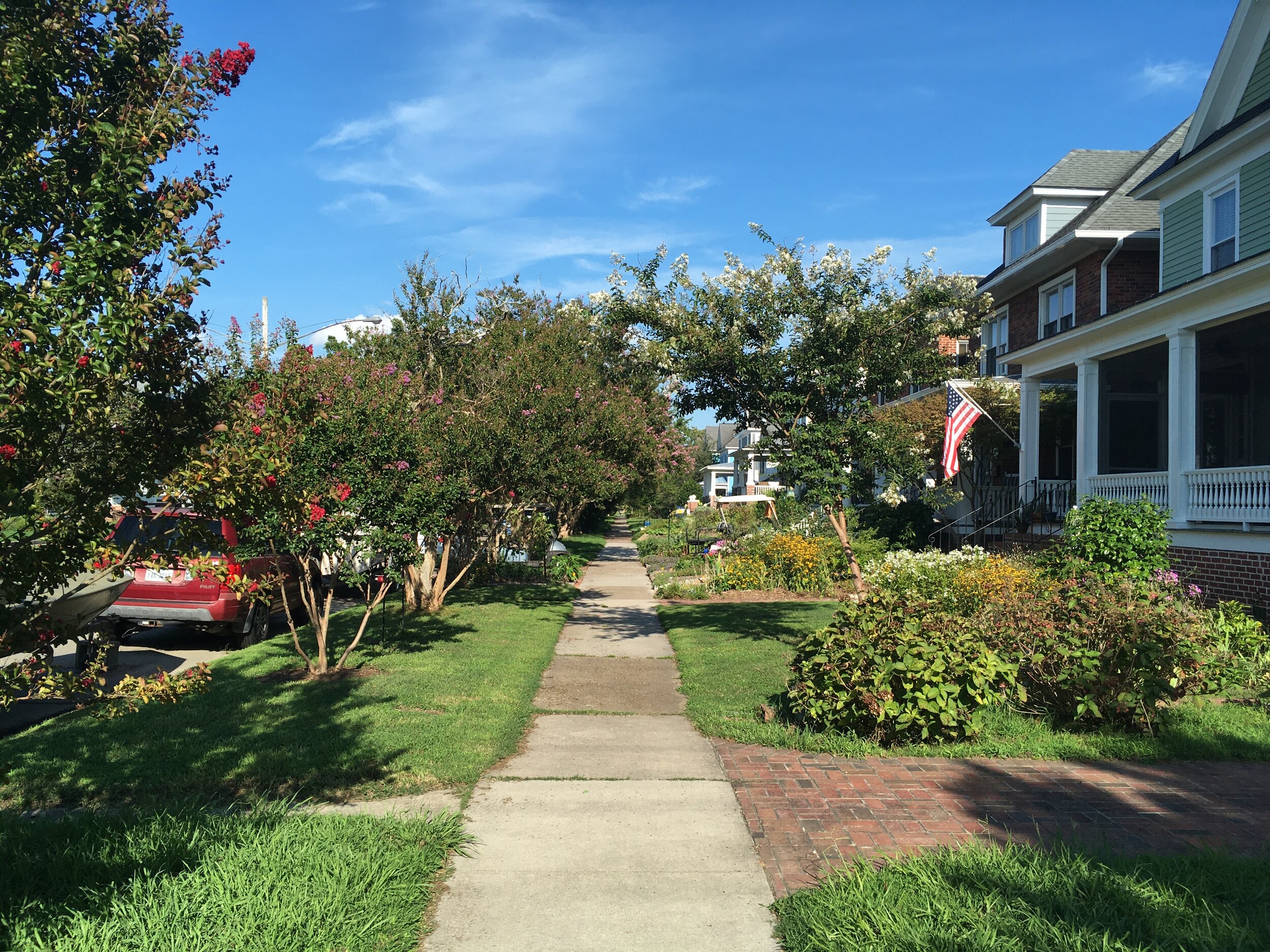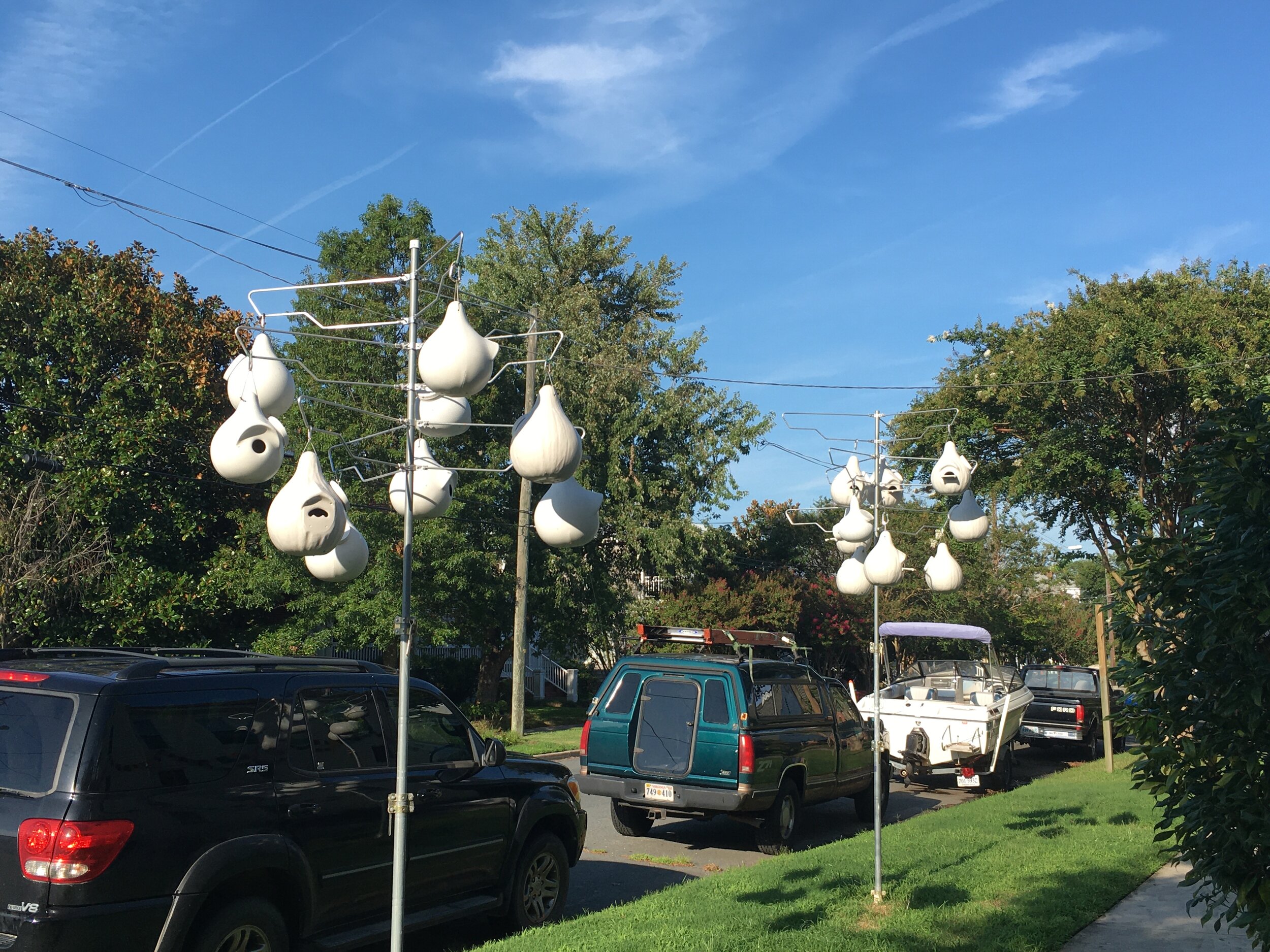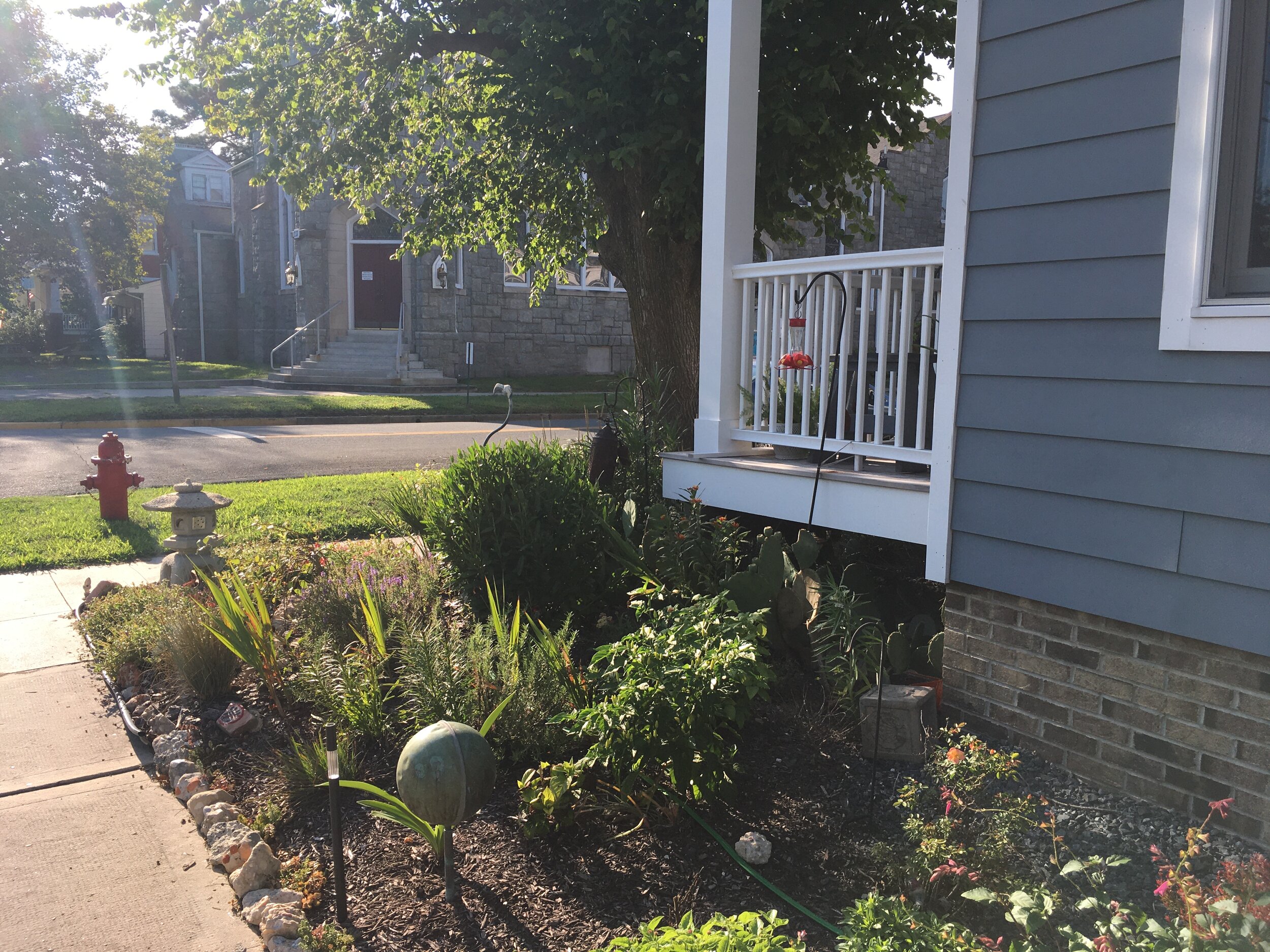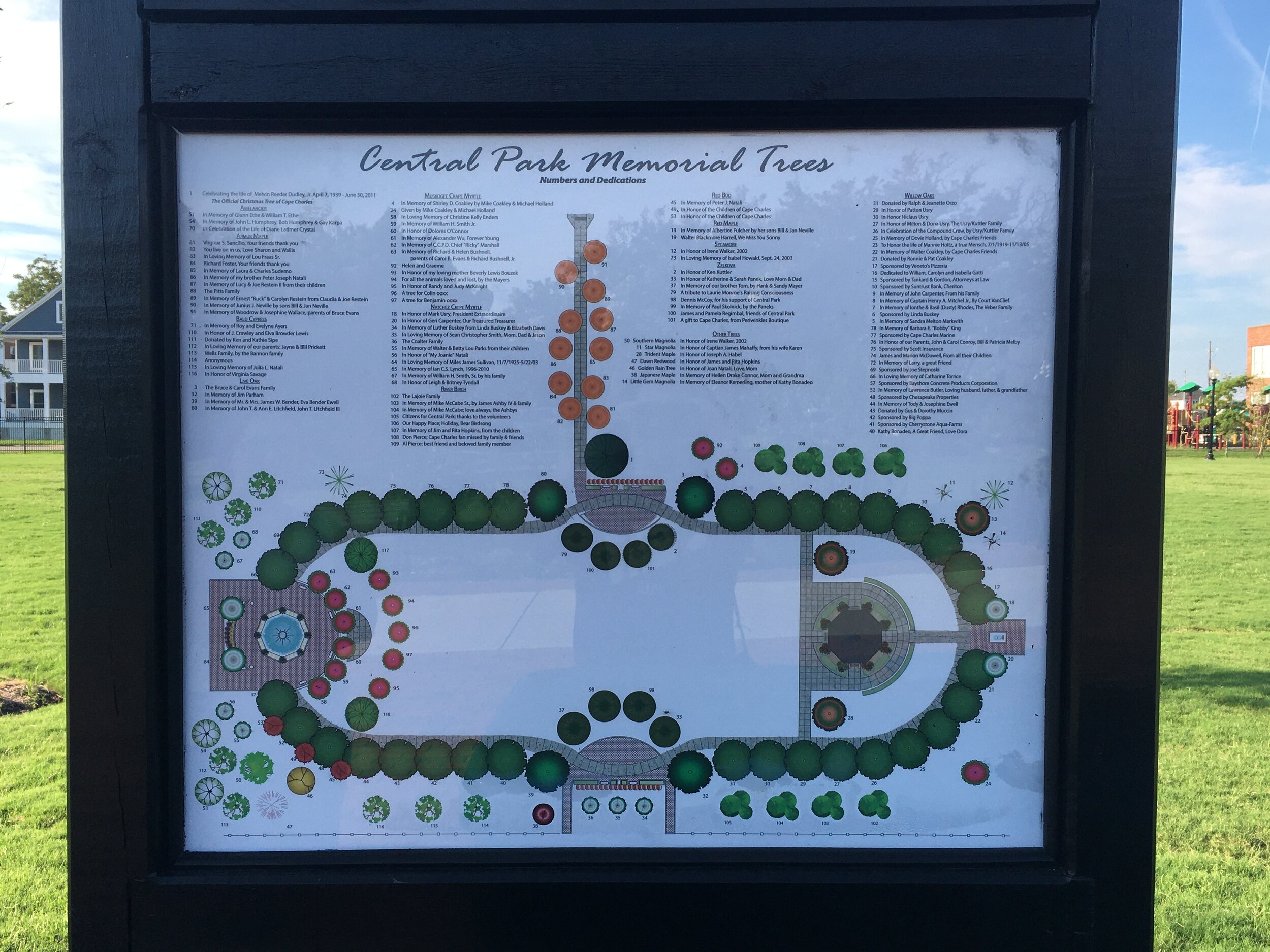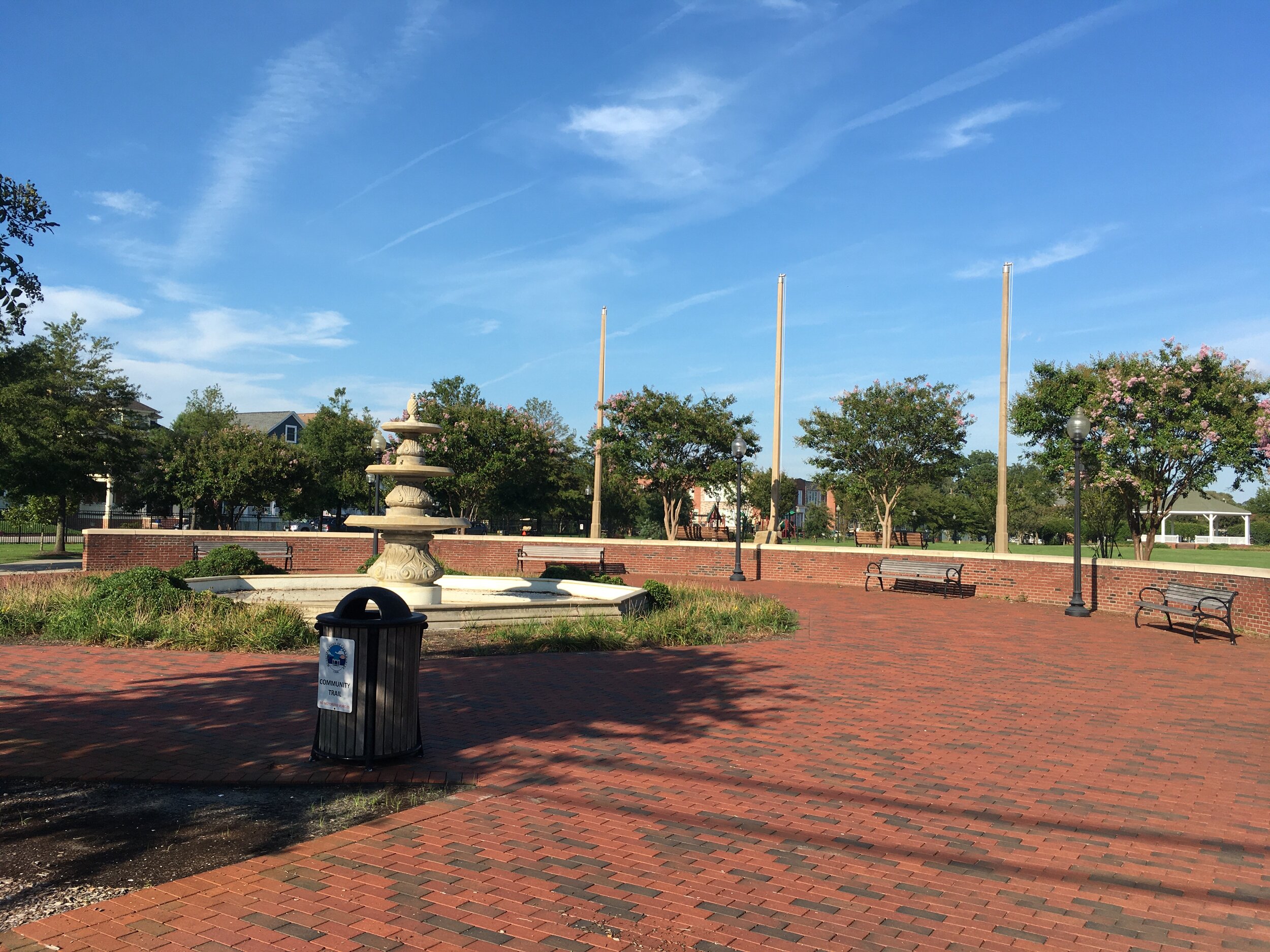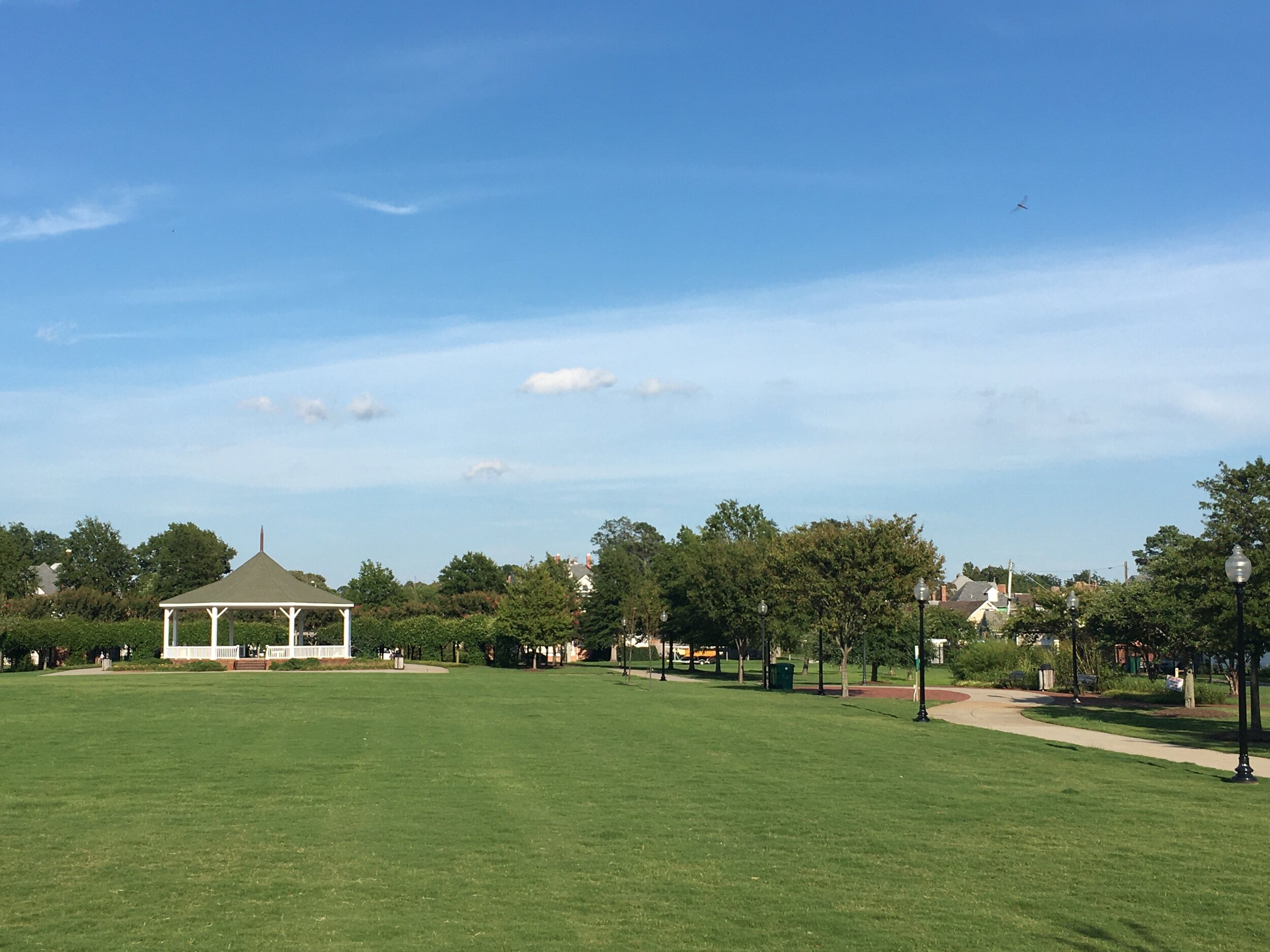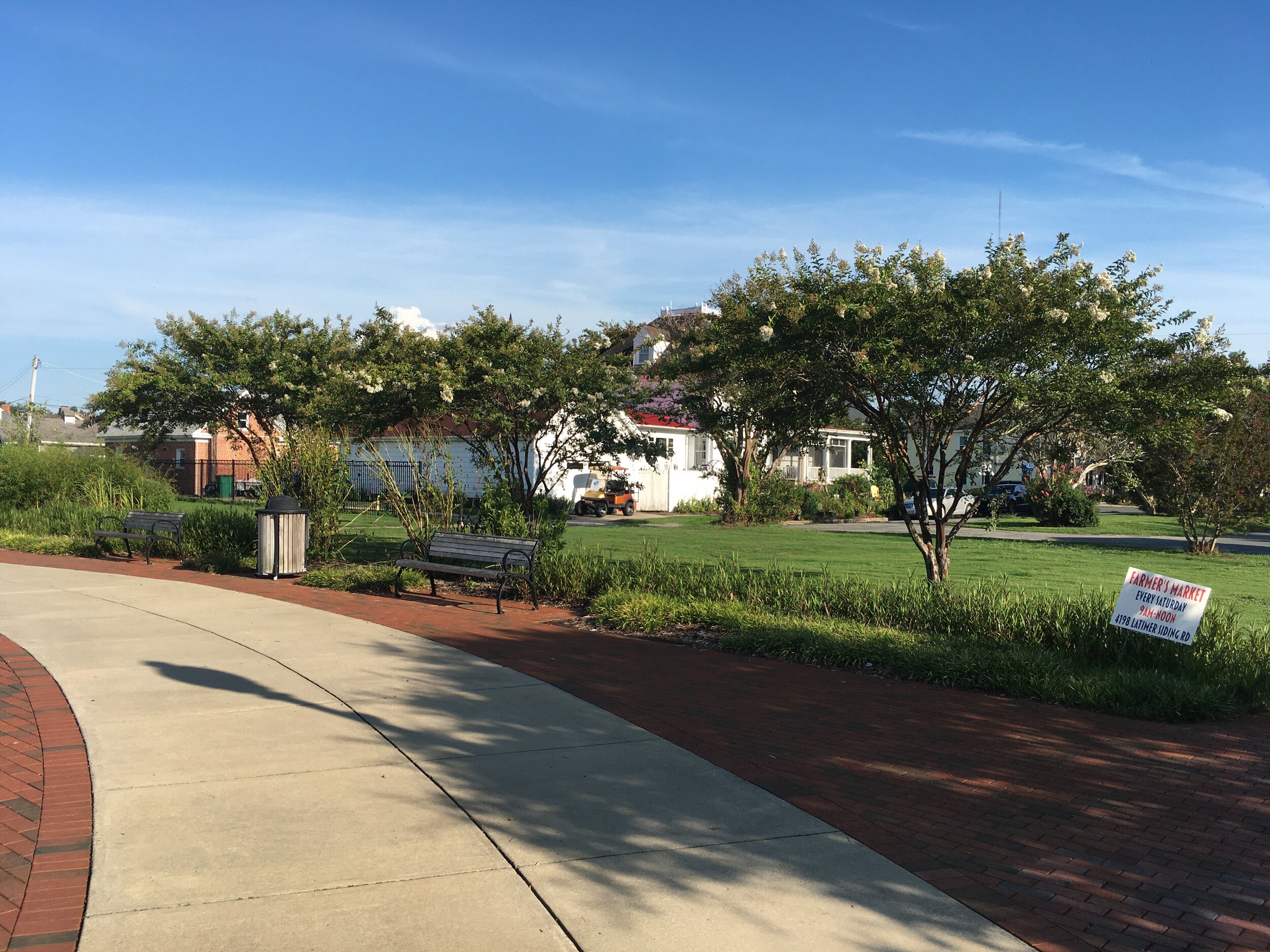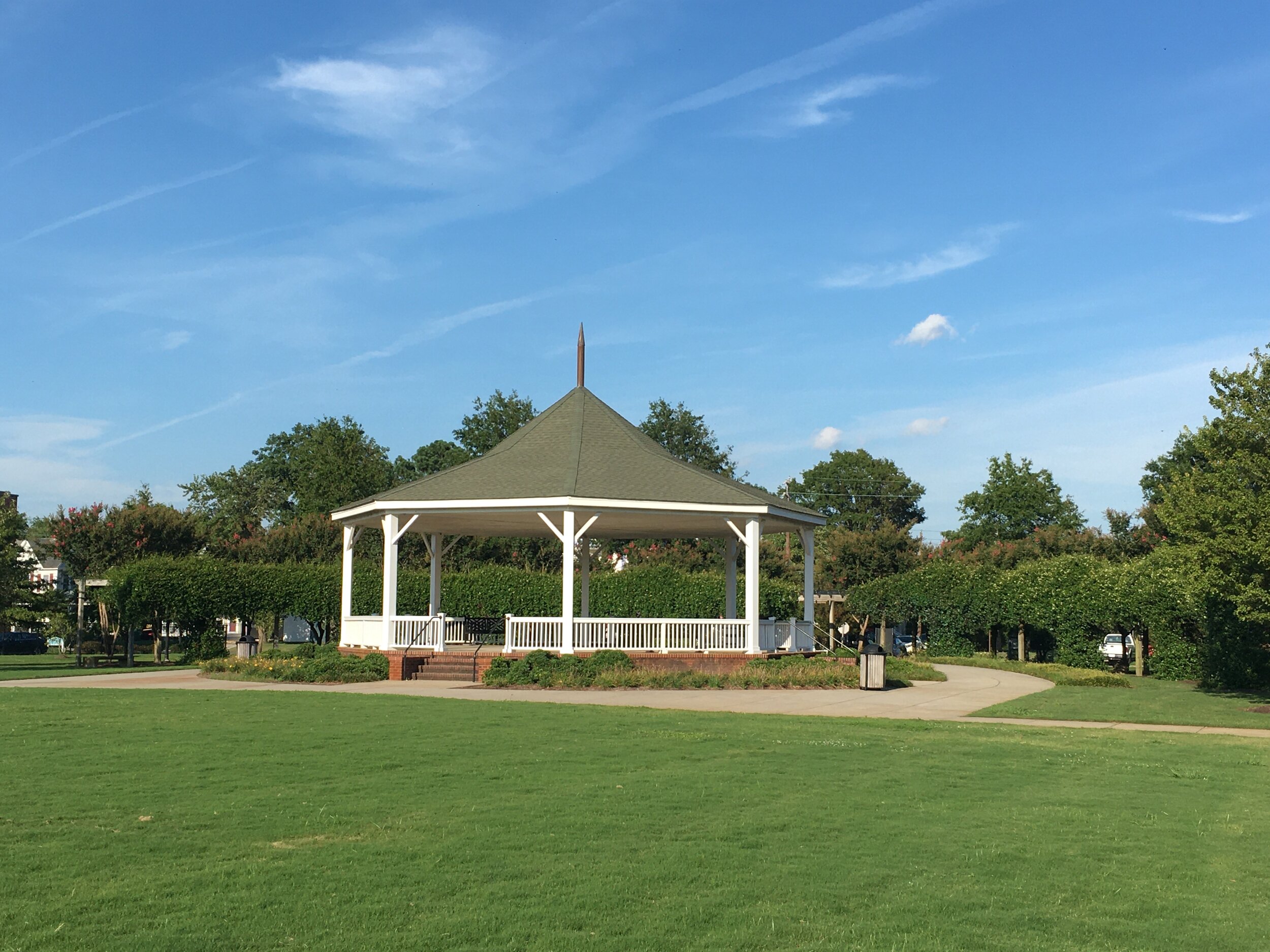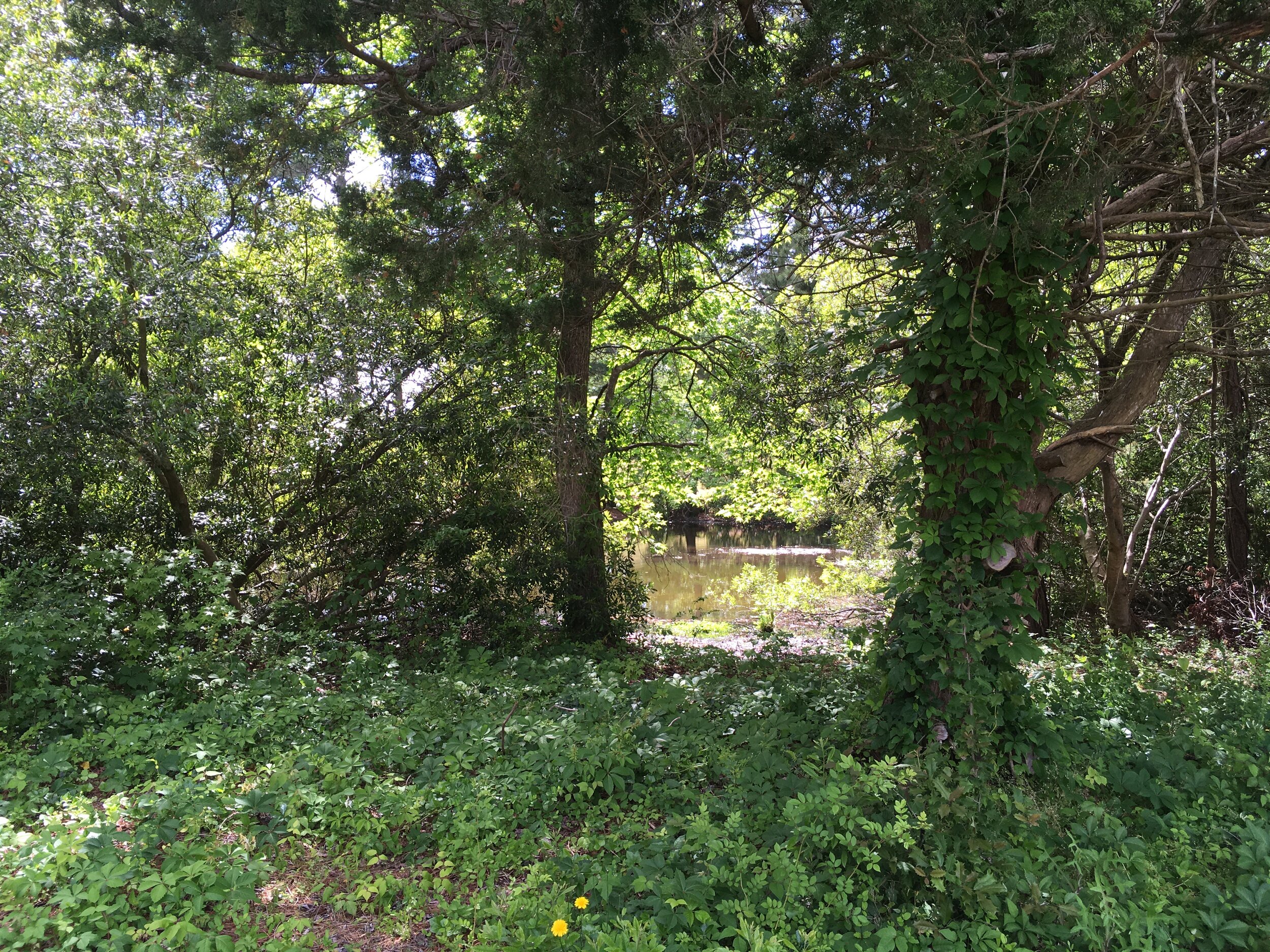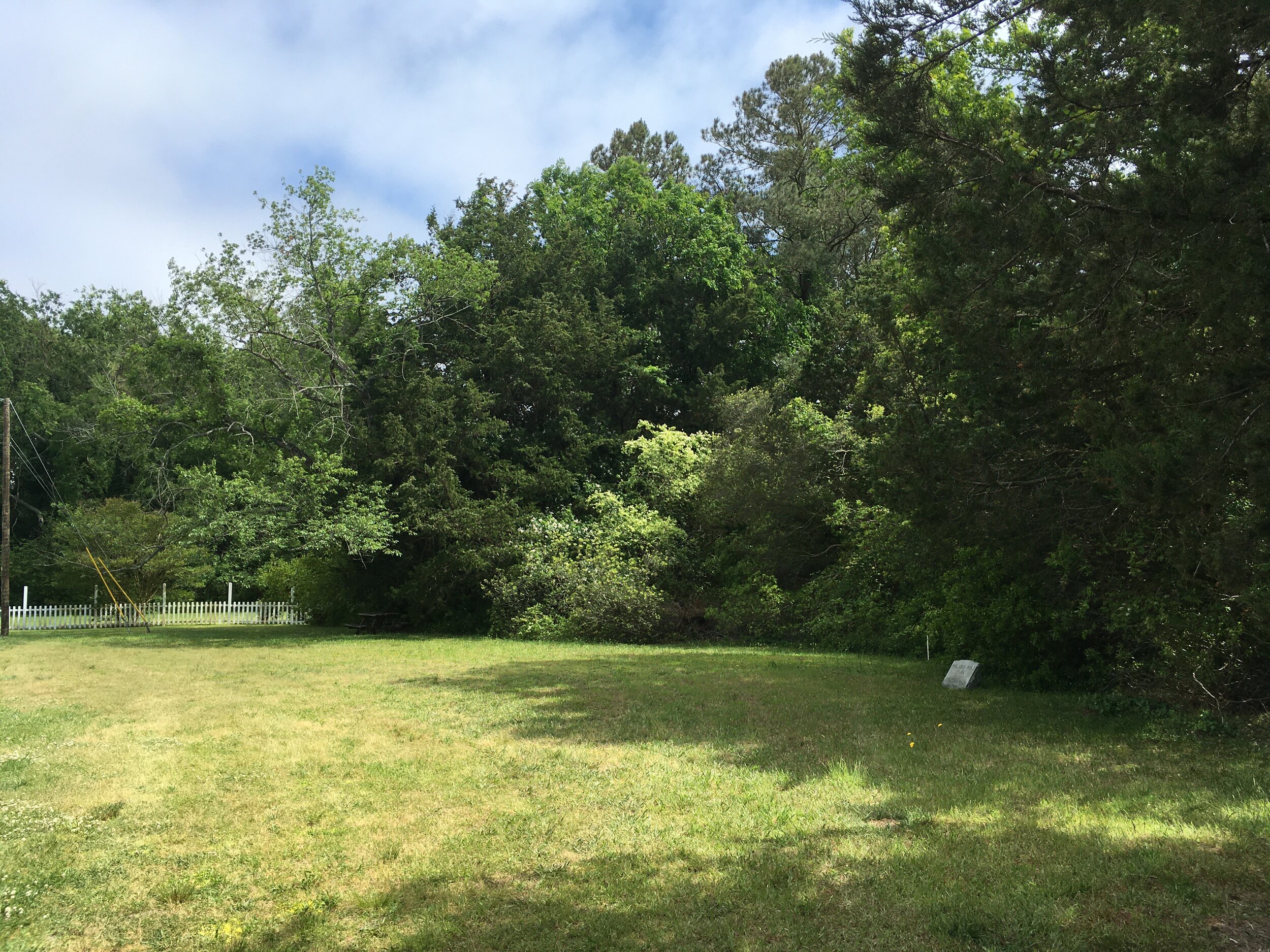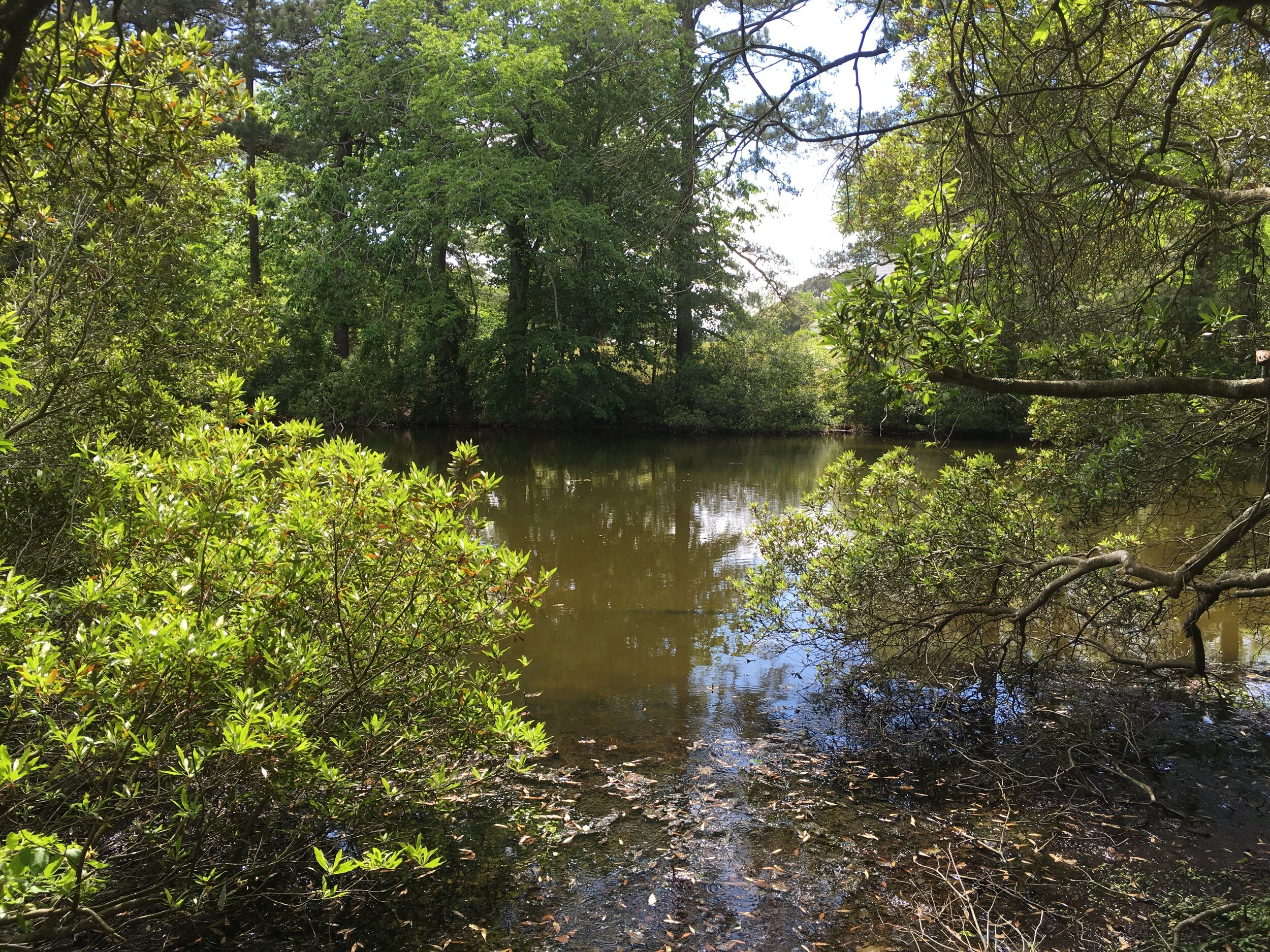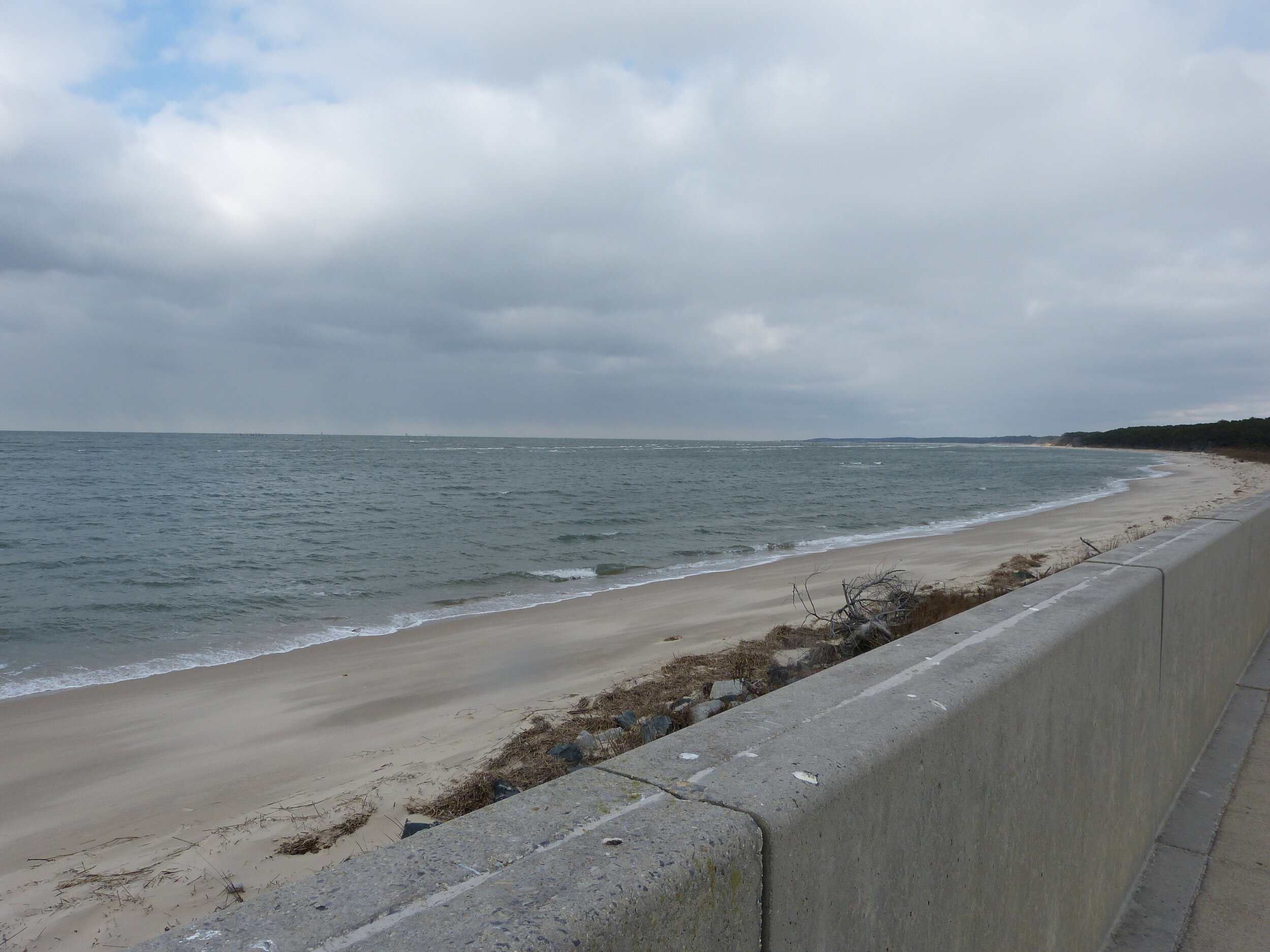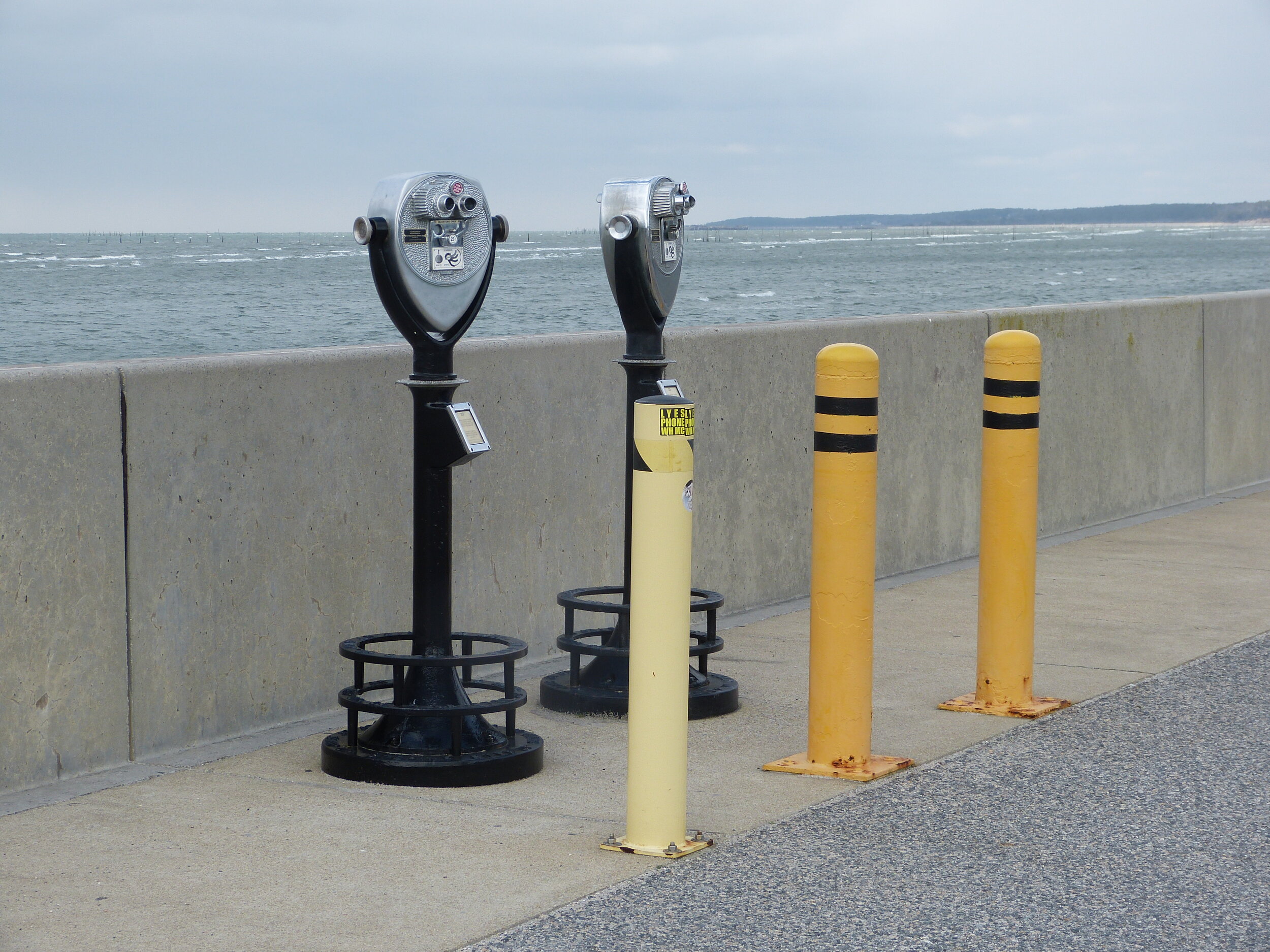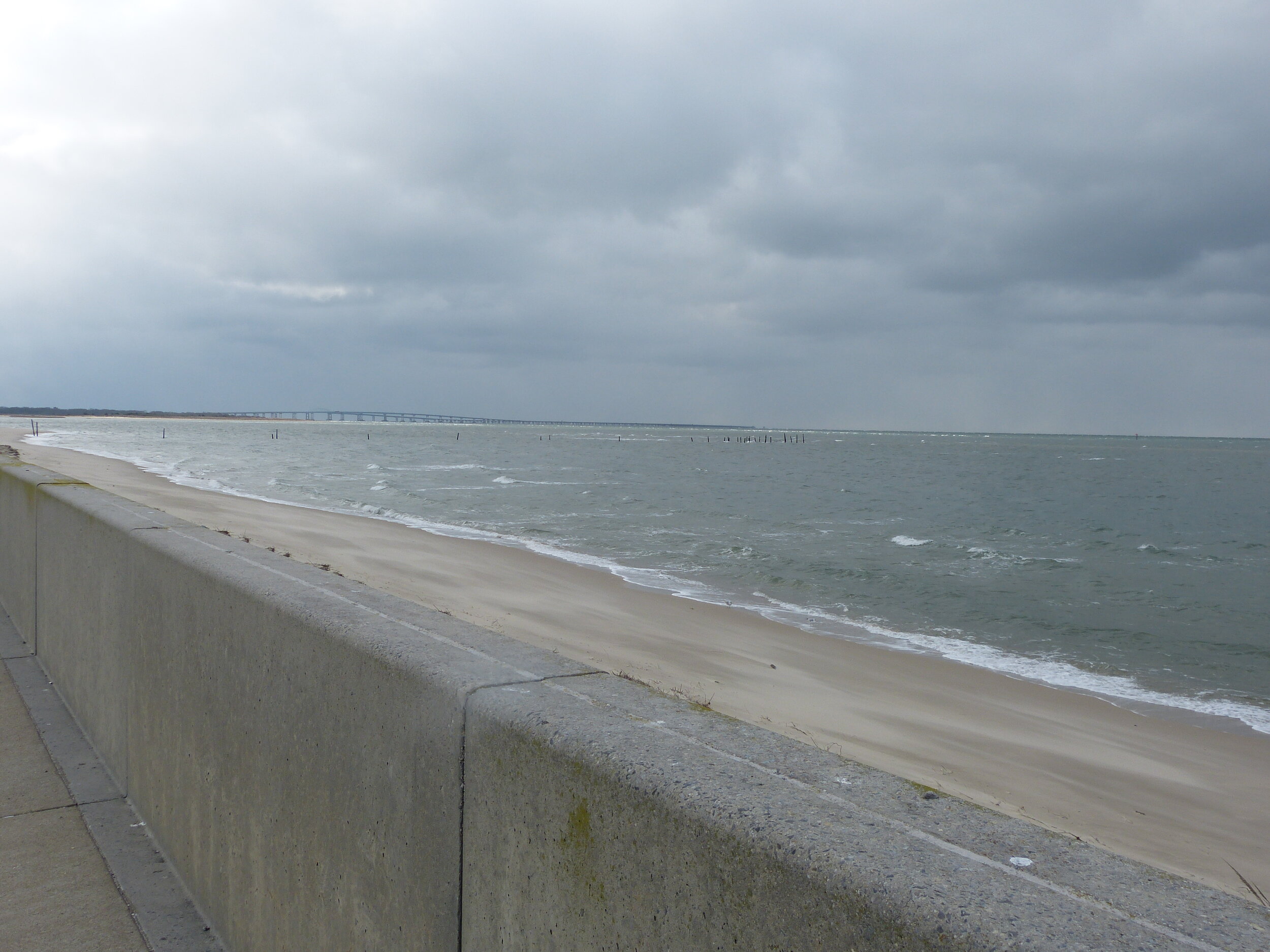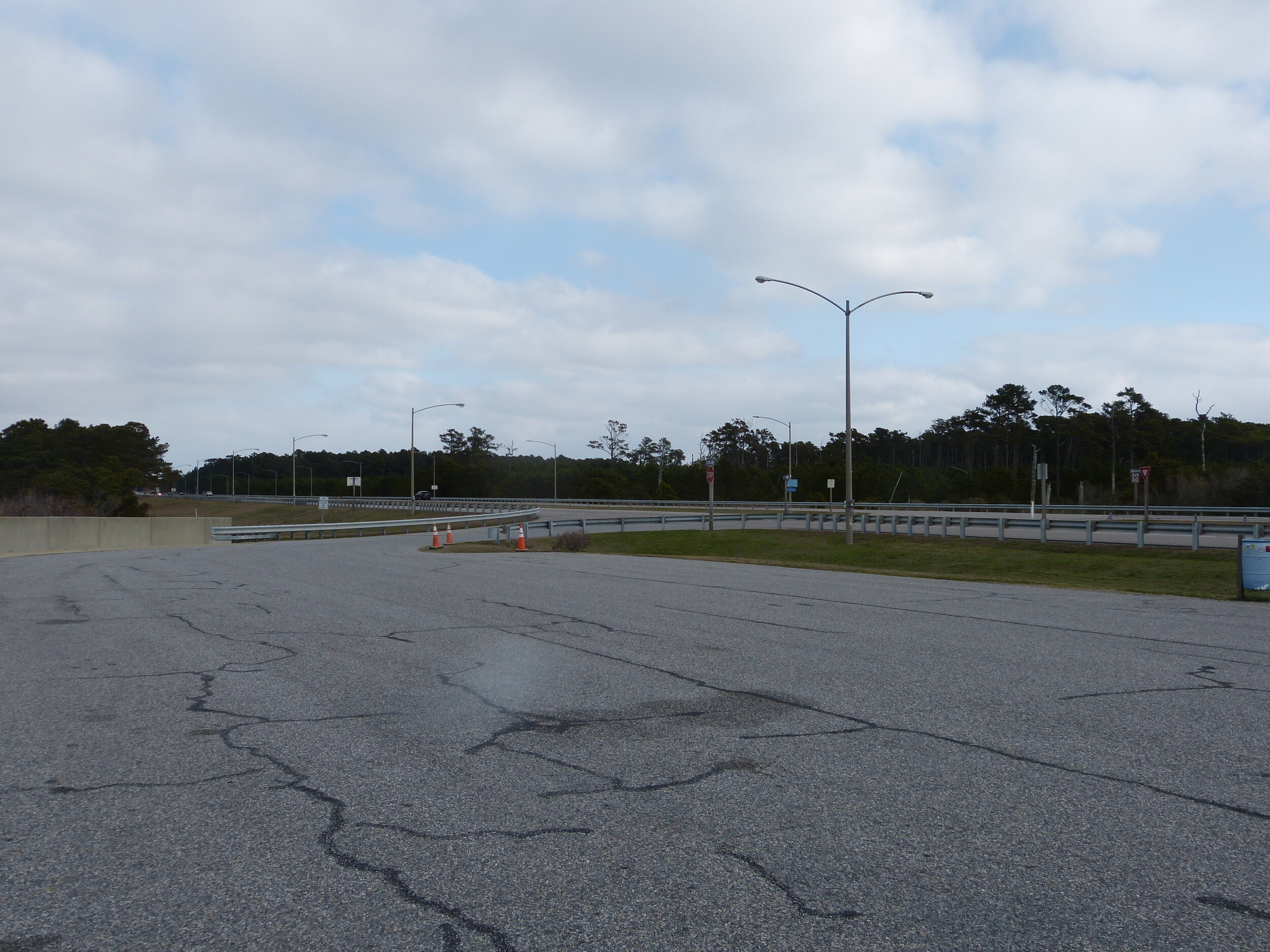For some, the Edward S. Brinkley Nature Preserve is an unfamiliar hotspot, but birders will instantly recognize it once they realize it is the same location that has long been known informally as the Cheriton Landfill. But if the hotspot name is unfamiliar, Ned Brinkley himself is likely someone who many Virginia birders are familiar with as a leader in the Virginia (and national) birding community for many years. This preserve was one of the areas he birded frequently over two decades of living on the Eastern Shore, and Northampton County agreed to rename it in his honor after Ned passed away suddenly in November 2020. While birders have long enjoyed semi-official access at the landfill, which over the years has gained a reputation as one of the best birding destinations on the Shore, in 2019 Northampton County partnered with Birding Eastern Shore and a group of dedicated locals to officially designate this area as a public nature preserve, restore the Seaside Walkway, and install designated trails and wildlife viewing platforms. The new Preserve is, for all intents and purposes, the same old landfill, just with slightly modified access and birding protocols.
Plans to convert this area into a park date back to the early 2000s, when operations at the landfill began to wind down to its present status as merely a transfer station. The central feature here is a large, deep lake that attracts all manor of waterbirds, including ducks, grebes, herons, and gulls. This lake is perhaps most productive in winter, when it often attracts scores of waterfowl including both dabblers and divers. Some of the more commonly encountered species are Canada Goose, Mallard, American Black Duck, Gadwall, American Wigeon, Ring-necked Duck, Lesser Scaup, Bufflehead, Hooded Merganser, and Ruddy Duck. Less common, though still semi-regular are Northern Shoveler, Green-winged Teal, and Redhead, while Common Goldeneye, Northern Pintail, and Canvasback are rare. Often, the goose flocks here are sizable and may contain Snow Goose, Brant, or (more rarely) Cackling or Ross’s Goose. Pied-billed Grebes and American Coots are typically also numerous in winter. Though this location is now just a transfer station rather than a proper working landfill, it still attracts good numbers of gulls in winter. Often the gulls will roost on the roof of the main landfill building, where they are not visible to birders unless something flushes them. On occasion, however, these birds will alight on the lake and be easily viewable. In winter the most common species are Ring-billed, Herring, and Great Black-backed, with fewer reports of Lesser Black-backed and occasion sightings of a Herring x Lesser hybrid. Working these gull flocks is always worthwhile, however, as rarer species could easily be present. Keep in mind that the gulls will sometimes cycle back and forth between the lake and the roof, so it is worth making multiple scans as new birds come and go. The lake is productive at other times of year as well; in summer, it is an excellent spot for waders including Great and Snowy Egrets, Little Blue Heron, both night-herons, and White Ibis. There is a large Black-crowned Night-Heron colony that nests in the tight cluster of pines in the northeast corner, but scanning any of the trees ringing the lake will almost certainly turn up a dozen or more, with the occasional Yellow-crowned mixed in. The night-herons become less regular in the winter months, though a few are still around. One of the most astounding finds ever in Virginia was a Gray Heron photographed here in November 2020, only the second record for the Lower 48! Unfortunately, this bird was a one-day wonder that was never relocated despite intensive searching.
Another excellent time to check the lake and surrounding vegetation is during the fall, as it has a strong track record of attracting exciting vagrants. On the west side of the lake there is a new trail that runs along the back edge, parallel to Seaside Road. There are some stands of taller trees here, as well as dense thickets of shrubbier vegetation. Walking this trail on a good fall day can result in a nice mix of migrant vireos, warblers, and (later in the fall) sparrows. Common Gallinule is rare but regular on the lake from late September through mid-November, but there are plenty of places along the edges for these birds to be tucked away out of sight, so scan carefully. The lake sometimes attracts dispersing terns following the breeding season, particularly from early August into early September, when it is possible to find Least, Gull-billed, or even Black Tern here. It is also an excellent spot to check following the passage of a hurricane or tropical storm – there is one record of a storm deposited Bridled Tern, and the only report from the landfill of Black Skimmer, though less notable, was a group of storm-driven birds on the same day. This is also an attractive spot for large concentrations of swallows, which often remain into late October and November. By these later dates they are mostly Trees, but swallow flocks are worth scanning for lingering Barn, Northern Rough-winged, or Bank, as well as Cave. The scrubby vegetation around the lake is quite good for late passerines, and beating the bush here is a worthy exercise from late fall through the winter. Some of the most exciting finds have been in December and January, including lingering migrants like Nashville and Black-and-white Warblers, as well as true rarities such as Ash-throated Flycatcher and the state’s only Lucy’s Warbler!
While the lake is the most prominent feature, and it is certainly possible to bird here without hitting any of the other areas, the rest of the preserve is not without merit. For starters, the area right around the parking area is often worth stopping to look and listen for a few minutes. Here, there is a woodlot with more mature deciduous trees, and there are often woodland birds around. This is particularly true in winter, when there will usually be a feeding flock working both the woods and the bird feeders across the road. With several sweetgums, this spot is attractive to finches and can sometimes have Pine Siskin and Purple Finch, while Red-breasted and White-breasted Nuthatch might be on the feeders.
The main path heads straight east from the parking lot for a little over a mile, passing through an area that is currently early-successional mixed woods. Until it grows up, this area might be a good place for species such as Yellow-breasted Chat, Prairie Warbler, and Blue Grosbeak during the summer months. Beyond this the regrowth gives way to more open fields, particularly in the active parts of the landfill that are inaccessible. Eastern Meadowlarks and Grasshopper Sparrows can often be heard singing in these fields. As the path continues east, it will eventually enter a more intact tract of mixed woods, with wet bottoms and a mixture of vegetation including plenty of holly. During winter, this is a fine place to see Golden-crowned Kinglet, Fox Sparrow, and Hermit Thrush, with Rusty Blackbird an occasional possibility. In these woods, the cleared path becomes an elevated wooden boardwalk called the Seaside Walkway. Continuing to the end, the walkway terminates at a raised observation platform overlooking the tidal flats and water of Brockenberry Bay. Here, one may see a good variety of shorebirds including American Oystercatcher, Dunlin, Black-bellied Plover, and Willet; in the fall particularly, this is a good spot to post up and watch migrating Whimbrels and Marbled Godwits. At the edge of the woods, there are large stands of wax myrtle and baccharis before the vegetation transitions to marsh, and calling up a winter flock here is a good bet to pull an Orange-crowned Warbler.
Accessibility: For birders familiar with access protocols at the old Cheriton Landfill, it is important to note that these have changed significantly since the establishment of the preserve. Formerly, birders had access to the landfill during regular operating hours, and could drive in through the main gate, flash their binoculars to the attendant, and have free range to drive in as long as they didn’t interfere with operations. The main viewing for the pond was had by driving to an open vantage point on the southeast corner, and from here it was possible to walk around to the pine stand where the Black-crowned Night-Herons roost, as well as to an additional vantage point on the northeast corner.
These days, anyone attempting to enter through the main landfill gate will be redirected to the new preserve entrance about a mile up Seaside Road. Here, there is a small, unpaved parking lot with room for at most a half dozen cars, though there are plans to expand this. Birders can no longer drive right up to the pond, and viewing birds on the water now requires hoofing it from the parking lot. What we have lost in drive-up convenience, however, we have gained in expanded access. Formerly, birding here was only possible when the landfill was open, which meant restricted times and no Sunday access. Now, there is an unlocked gate at the preserve which allows birders access at all times of the day.
Currently, the trails at the preserve are maintained by mowing but are not paved. The main trail proceeds due east from the parking area, going straight for a git under a mile and a half before entering the woods, whereupon it becomes a dirt (rather than mown) path. The Seaside Walkway is an elevated wooden boardwalk that recently underwent a complete restoration and is in prime condition. The boardwalk ends in an elevated platform with interpretive signage, overlooking Brockenberry Bay. About a hundred yards in on the main trail is a spur which wraps around to the south and runs parallel to Seaside Road along the back edge of the lake. This is the best trail to walk for views of the pond. There are multiple spots along this trail where the vegetation is thin and it is possible to get to the edge of the lake with minimal bushwhacking, though beware of the prevalent greenbriar thickets in certain spots. It best to try viewing the pond from at least two or three vantage points to ensure you are seeing all the birds, and a scope is highly recommended. Two wooded observation platforms are planned to facilitate viewing birds on the water, and construction of the first of these is already underway as of March 2021. There are also plans to add additional interpretive signage, including a large kiosk near the entrance. There are no restroom facilities.
Owner/Manager: Northampton County
Additional Information: Birding Eastern Shore
eBird Hotspot: Edward S. Brinkley Nature Preserve
—Matt Anthony, March 2021

